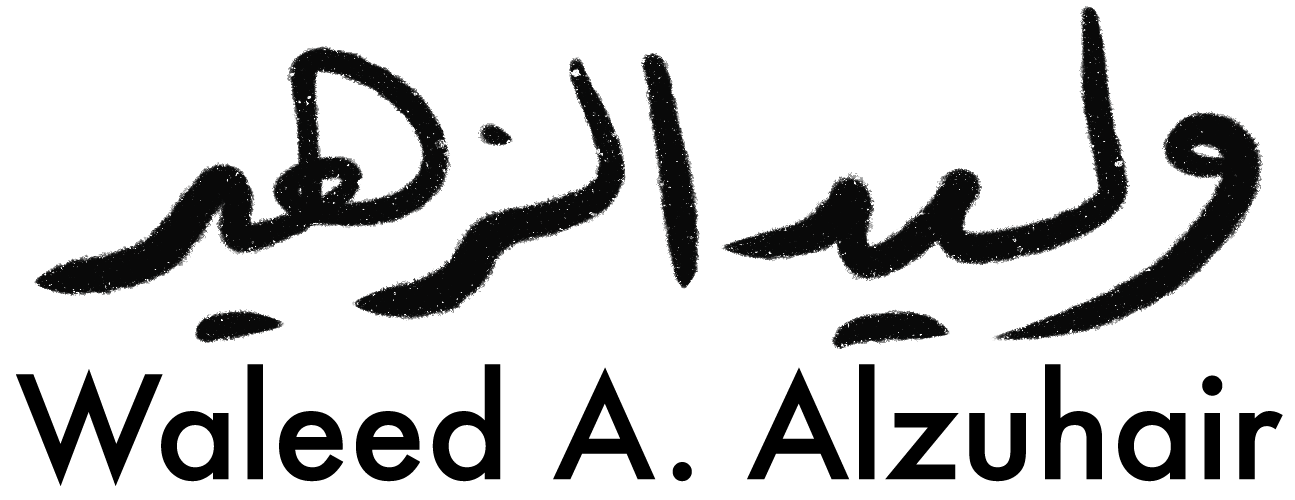Why move to digital? My experience
Some photography veterans are still debating wether or not to make the switch to digital, they feel intimidated by the technology and fear to let go of their labs, light tables, and magnifying glasses. Due to the dificullty in finding good stocks of film, they're probably feeling down at the moment.. Well, don't be.
I had the privilege to work with one of these veterans in a photography project a while back. He's still using film, while I'm using digital technology exclusively. Let me give you glimpses of our workflow.. Note: both of us are based in Riyadh, while our photography scopes were in other cities.
1) Planning for the outdoor photography sessions
In the night before, I packed my cameras, charged the batteries, and checked on my memory cards. I also made sure my laptop is charged, and packed the USB powered hard disk. My also bought a DC to AC converter (around $50), this will give me a supply of 110V-AC in my minivan in case I need it for any of the chargers.
My friend had imported 10,000 rolls of film for this project and stored them refrigerated. He used to take a load for every session.
On location, I used to verify the captured images to make sure all the client's required work was covered.. My friend couldn't.
2) Back at the hotel
On my return, I download the images from the memory cards onto the laptop's hard disk & categorize them. Then, back them up on the external disk, and make optical backups (CD or DVD). Later, I start post processing the photos using Adobe Photoshop and email the contact sheets to the client to show the work done today.
My friend packed all the used rolls in special containers, and shipped them to his office for development and feedback they were OK and it's good to move to the next location. Otherwise, he'll go back to the same location and redo the shoot.
3) At the client's review session
I had previously emailed the contact sheets to the client, so he had an idea of what's covered. However, in the review session, I would make a slideshow on my laptop screen or on the projector when we have more people attending.
My friend kept a light table with the client, and brought his slides & magnifying lenses for the client to see. Chosen ones would be put up the slides projector for a better view.
4) It's delivery time, the client required them on digital media.
All my data was already digital, categorized, and processed; The delivery was done in 48 hours.
My friend bought a slides scanner to digitize the approved work, categorize it, and perform the post processing; his delivery was done 4 weeks later.
To summarize the benefits
- Your photography skill is the same in both film and digital cameras. The only difference is you can change the ISO instantly, and don't have to use a different roll of film.
- Instant ratification of your photos on location.
- You can make as many backups as you want.
- No films, no labs, no chemicals, no fumes, no expiration dates.
- Studio work is even better, cameras can be tethered to your computer, or get transferred wirelessly to your computer.
- The time savings are simply remarkable.


